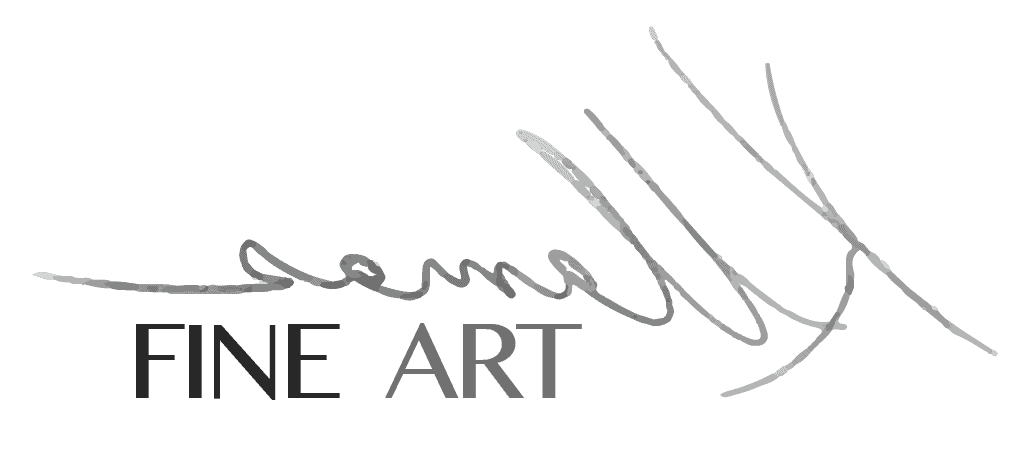
HOW DO I TAKE CARE OF MY INVESTMENT?
This information is to aid in the understanding of how to take care of the original paintings to keep them in good condition for generations to come. The same precautions can be made while handling a canvas giclee or lithograph print. Keep in mind that lithographs are printed onto paper and are not at all waterproof, so unlike work on canvas, they must be displayed behind glass. The artist is always available to address any questions on preservation. After all, they care very much about the well being of their work. Art collectors should always keep in mind that art is more than just an investment and commodity; it is a piece of the artist’s story.
Basic Considerations:
1. Never lean the front or back surface of a stretched canvas on a pointed or sharp object, no matter how small. This will leave a dent that will disfigure your work. If you must lean it against something, lean it on the wood of its stretcher bars so that nothing presses against the canvas.
2. Prolonged exposure to direct sunlight may fade the richness of colors in your painting. Please be aware of this when choosing a location for your work. Using UV protectant glass for framing can help reduce this effects on prints.
3. You might want to dust your painting regularly. Do not spray anything on the work. Dust with a soft, dry cloth or soft-bristled brush. With pieces beneath glass, spray cleaner onto a rag, not directly onto glass.
4. If you must transport the work, lay a flat piece of cardboard, mat board or similar firm material over the front and back surfaces, and then wrap it in bubble wrap or Styrofoam. Try not to keep it wrapped up for too long as to avoid moisture buildup, which might cause damage to the work.
5. Never expose your painting to extreme heat, extreme cold, or to extreme humidity. This could be an attic in the summer, a damp basement, or a poorly ventilated bathroom.
6. If something happens to the work, hire the artist or a professional conservator who can fix it properly. Don’t do it yourself!
7. If you ever need or want to get rid of the work for any reason, always contact the artist, who should be informed of the work’s new whereabouts so he or she can update the work’s provenance records. Never, ever destroy or throw away an original work of art!! If you absolutely can’t keep it for any reason, offer to give it back to its creator.
FRAMING / STORING
1. Matting and framing provide optimal protection (specifically for prints, or work on paper). Avoid prolonged use of glass and clips, or other mounting systems that may run risks of condensation, insect infestation or other hazards. Matting not only enhances the beauty of the work, but also keeps it away from direct contact with the glass.
2. Never cut or trim the edges of paper. Uneven edges can be seen as part of the originality of handmade papers. Use mat board to achieve strictly perpendicular edges.
3. Use care when handling paper or unstretched canvas. Creases and folds are difficult to remove. Use two hands to grip the paper in order to avoid inadvertent bending. Carefully flatten unrolled prints with smooth heavy objects placed at the corners.
4. Select acid-free mat boards to prevent discoloration and deterioration of paper and inks. The best is 100% rag mat board–two or four ply. White linen, cotton and silk are also acceptable. Don’t forget that the backing and hinges for the artwork should also be acid-free.
5. When framing, use hinges such as Japanese paper, film-o-plast or glassine at the top edge of the print only. Do not attach original art to a backing with glue, paste or drymounting. Hinges prevent slippage of the art in relation to the mat, and should be of a material weaker than the paper of the print, so they will tear first if any stress is applied.
6. If you must store prints unframed, place them flat in a portfolio, away from dust and sunlight. The container should be acid-free, and not fully airtight, to avoid water condensation. Use guard sheets of tissue or glassine between prints, and examine several times a year to check for termites, silverfish, mice or mildew. And remember, if damaged; always go to a professional for repair.
Congratulations on your investment and the joys and memories to come from the newest addition to your fine art collection.


